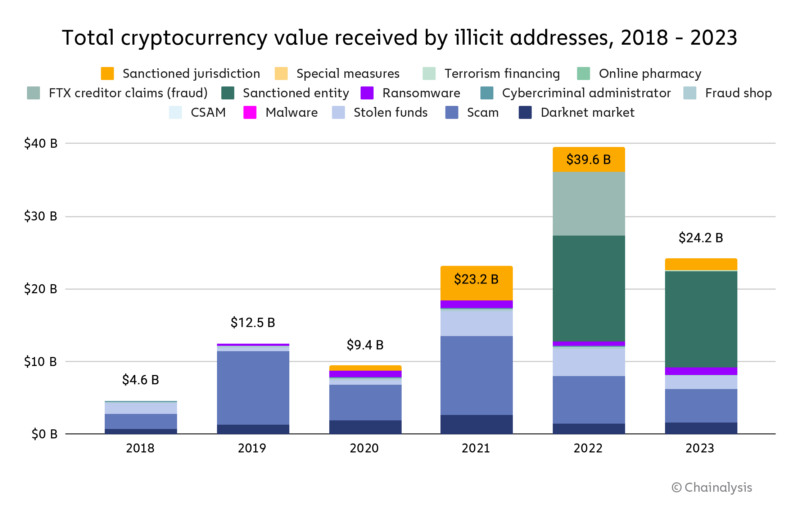In the grand theatre of the U.S. banking scene, dreams are being doused by the rising tides of interest rates. What once seemed a golden era for banks, especially powerhouses like JPMorgan Chase, Bank of America, and Citigroup, is now being overshadowed by the complications of financial dynamics.
The Unforgiving World of Net Interest Income
At the heart of it all is the concept of net interest income, a crucial profit metric for banks. This represents the difference between the earnings on loans and other assets and what they have to pay out on deposits.
Historically, these major U.S. banks have managed to turn this into a profitable venture. They’ve meticulously increased loan charges in tandem with the Federal Reserve’s benchmark rate hikes. Yet, they’ve cunningly held back on providing higher interest to the everyday saver.
However, this once-profitable strategy is starting to show cracks. Although consumers are still playing the credit card game, their pace is dwindling. Businesses aren’t any better; in fact, they’re retreating from borrowing, all thanks to those pesky rising rates.
The decline isn’t minor either. We’re looking at an arresting plummet from a healthy 8% loan growth to a measly 1.5% for the 25 top U.S. banks. That’s a wake-up call, if there ever was one.
Anticipating the Rules of the Game: Basel III Endgame
Looming on the horizon is another significant shift in the U.S. banking landscape – the Basel III Endgame. It’s not just a name out of a spy thriller; it could redefine how banks operate.
The essence? U.S. banks will need to have more capital at hand, acting as a buffer for potential losses from their assets. Understandably, banks are now extra cautious about their lending habits, with some even restructuring their loan portfolios.
Last week, whispers filled the finance corridors about JPMorgan reconfiguring its billions in anticipation of these rules. And you bet, when earnings call season rolls in, Basel III will dominate many a conversation. How will banks offset the riskier asset weightings? What’s their game plan?
The Earnings Forecast: Not All Sunshine and Rainbows
As the calendar marked October 13, giants like JPMorgan, Citi, and Wells prepared to unveil their financial cards, with BofA not far behind.
And while analysts predict a favorable outcome for JPMorgan and Wells Fargo, the overall U.S. bank performance spectrum might not be universally bright. The looming cloud? Pressure to offer enticing savings rates to retain deposits, their lifeline for operations.
Remember when JPMorgan and BofA saw their deposit numbers skyrocket during the pandemic? Those glory days are fading. The Federal Reserve’s interest rate tactics have slowly but steadily chipped away at these mammoth deposit reserves.
An underlying fear haunts the U.S. banking sector – what happens when interest rates remain stubbornly high? Will they finally have to relent and offer better rates to their savers?
It’s a dilemma they can’t escape. Especially with the investment landscape shifting, evident from the impressive $5.7 trillion stash in the money market funds.
Yet, amidst all these challenges, it’s not all doom and gloom. The investment banking realm still holds a sliver of hope. Although revenues seem to be on a downward slope, analysts sense a resurgence in activity, especially for Goldman.
In the ever-evolving world of U.S. banking, the terrain has certainly become rockier. The coming quarters will test their mettle, their strategies, and ultimately, their ambitions. Can they weather the storm or will they be left adrift? Only time will tell.





